The history of African pottery dates back thousands of years, with evidence of pottery-making found in various parts of the continent. It is believed that the first pottery in Africa was made by the Nubian people in what is now modern-day Sudan, around 8000 BCE. These early ceramics were made by hand using local clay and fired in open pits. Pottery was an important part of African life and culture, and it was used for a wide variety of purposes, including cooking, storage, and decoration.
One of the earliest examples of African pottery was found in central Africa, dating back to around 9,000 BCE. These pots were made by the Kintampo people and were used for cooking and storage. Similar pottery has been found throughout the continent, including in Ethiopia, Mali, and Nigeria.
Over time, African pottery evolved to include a wide variety of shapes, styles, and techniques. For example, the Nok culture of Nigeria produced intricate terracotta sculptures that are among the oldest in Africa, dating back to around 500 BCE. These sculptures often depicted human figures and animals, and they were used for both religious and secular purposes.
The earliest Nigerian pottery was hand-built using coils and slabs of clay and fired in open pits or bonfires. This method was used to create a wide range of vessels for storage, cooking, and ritual purposes. The Nok culture, for example, produced pottery figurines and vessels decorated with incised and stamped designs.
With the rise of the Hausa and other Islamic-influenced cultures in the 11th century, pottery making in Nigeria became more specialized and focused on producing vessels for specific purposes, such as water storage and cooking. The Hausa developed a distinctive style of pottery known as Sanka, which is characterized by its smooth, glossy surface and intricate geometric designs.
In the 14th century, the Yoruba people began producing pottery with more sculptural forms, including figures of people and animals. These objects were often used in religious and ritual contexts, and were decorated with elaborate patterns and symbols.
During the 16th century, the Benin Kingdom in southern Nigeria became known for its intricate bronze and brass sculptures, but also produced pottery vessels for cooking and storage. These vessels were often decorated with intricate patterns and symbols and were highly valued for their durability and functional qualities.
In West Africa, the Dogon people of Mali, their efforts cannot be undermined, as they are renowned for their intricate, geometrically patterned pottery, which they have been making for centuries.
In East Africa, the Maasai people of Kenya and Tanzania are known for their brightly colored beadwork, often used to embellish their pottery. The Kikuyu people of Kenya make the pottery using a coiling technique and decorate their vessels with incised designs.
In Southern Africa, the Zulu people of South Africa are famous for their intricate beadwork and the creation of large, cylindrical storage vessels known as ukhamba. The Ndebele people of Zimbabwe also have a long tradition of pottery-making, creating elegant, brightly colored vessels with geometric designs.
In modern times, African potters have continued to explore new techniques and designs, while also drawing on traditional methods and motifs.

Another way that African potters have adapted to the modern world is by creating pottery for new markets. While traditional pottery was often created for utilitarian purposes, such as storing food or water, modern African pottery is often made for decorative or artistic purposes. This has led to the creation of new types of pottery, such as decorative vases, bowls, and sculptures, which are designed to appeal to collectors and art enthusiasts.
At the same time, many African potters continue to honor their traditional roots by using traditional techniques and motifs in their work. For example, many potters use hand-building techniques, such as coiling or slab-building, to create their pottery, and they may decorate their pieces with traditional motifs such as geometric patterns, animal or plant designs, or figurative images.
Today, pottery is still an important industry in Nigeria, with a range of pottery styles and techniques.
A one-on-one interview video clip with one of the sellers on the HOG marketplace, and a popular pottery maker, Mr. Rotimi Williams Owolabi, CEO of Row Wheels Artistry in Ogun State, Nigeria, will give you an insight into the industry's exploits Sales, growth, and challenges.
Generally, the pottery industry especially in Nigeria may be influenced by a number of factors, such as:
-
Market demand: The demand for pottery products can be influenced by factors such as consumer preferences, trends, and purchasing power.
-
Competition: Pottery makers in Nigeria may face competition from other domestic producers, as well as imports from other countries.
-
Government policies: Government policies such as trade regulations, taxation, and subsidies can have a significant impact on the pottery industry.
-
Infrastructure: The availability and quality of infrastructure, such as transportation and communication networks, can affect the production and distribution of pottery products.
-
Access to finance: Access to finance, including credit and investment, can be a major factor in the growth and development of the pottery industry.
Overall, the African pottery industry has the potential for growth and expansion, but it may face challenges related to market demand, competition, government policies, infrastructure, and access to finance.

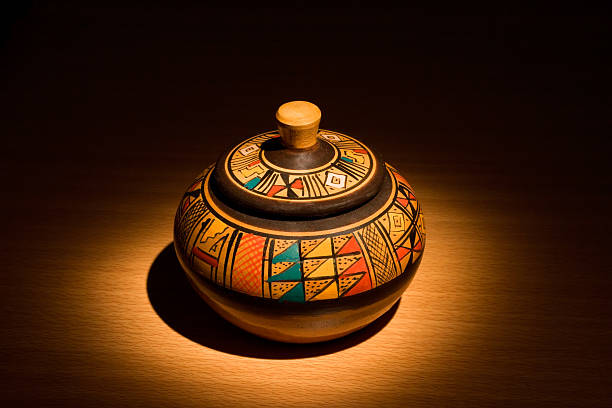








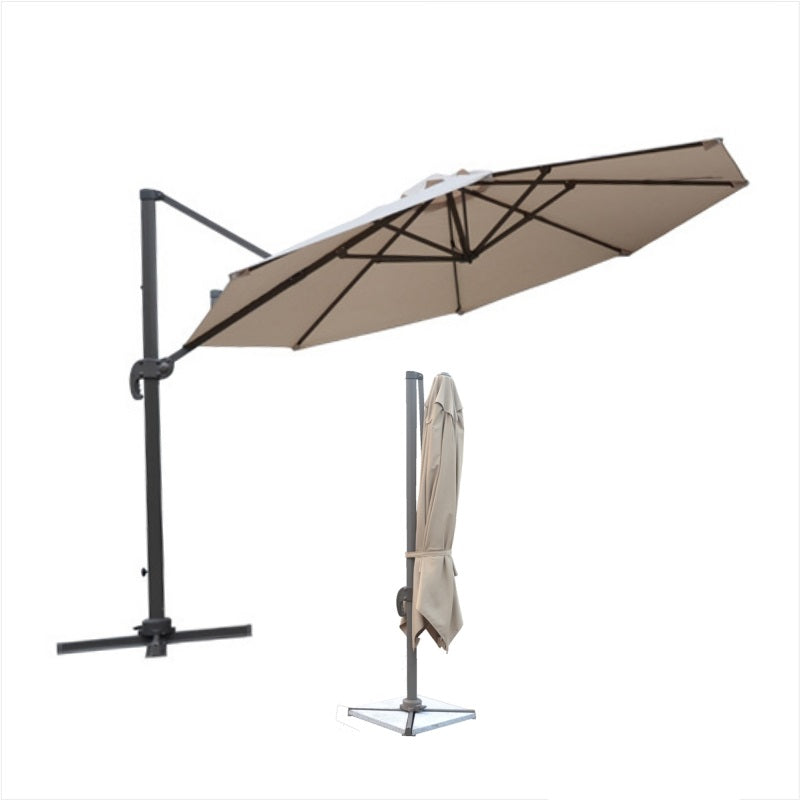
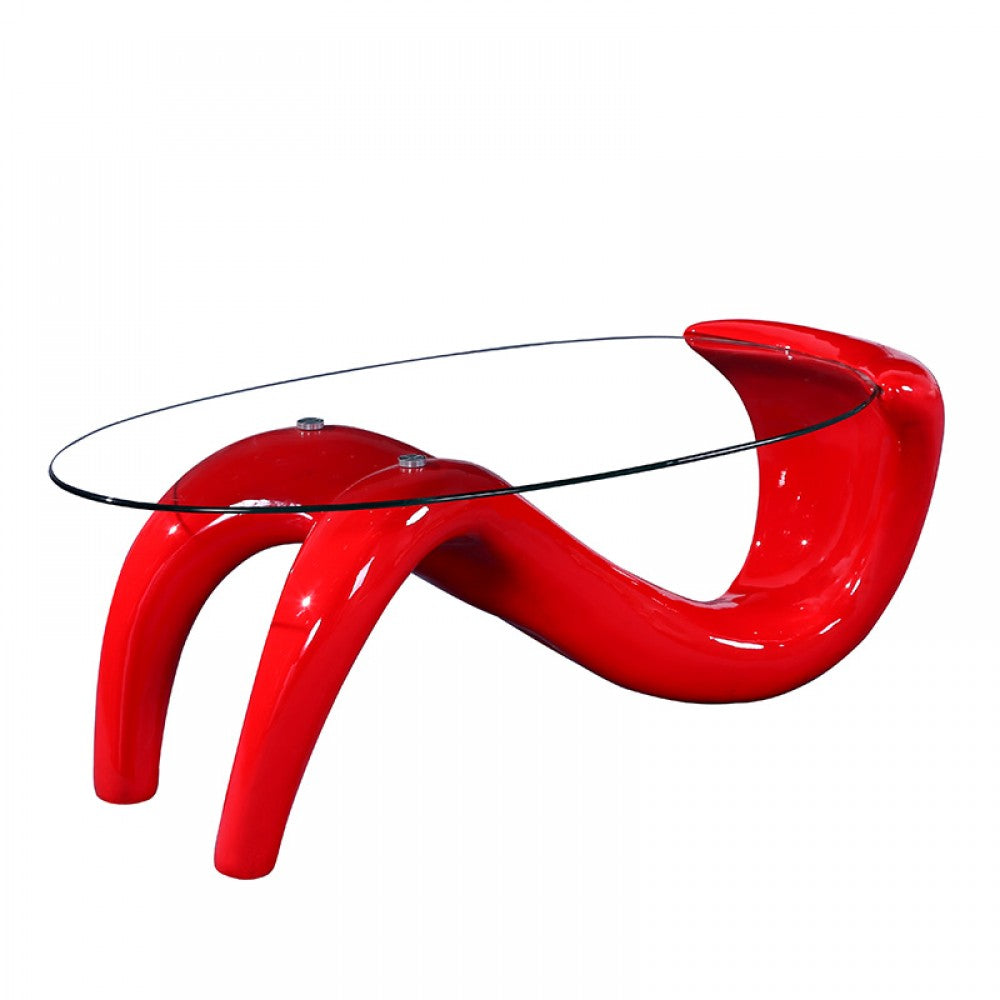
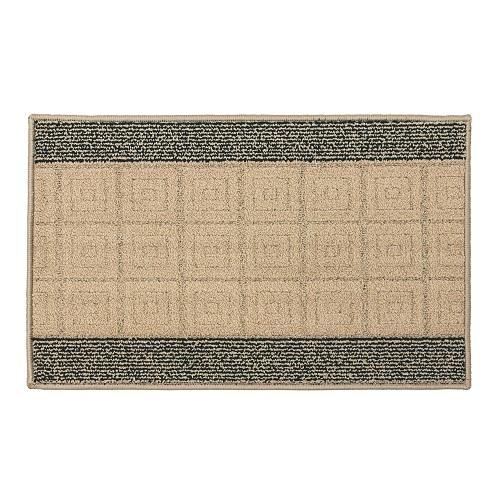

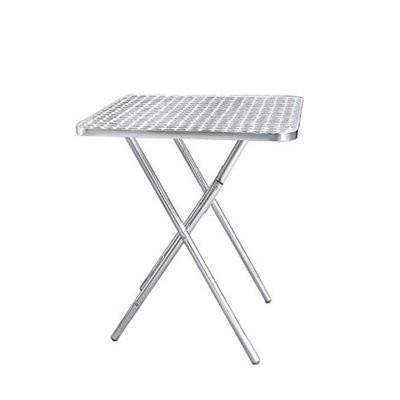
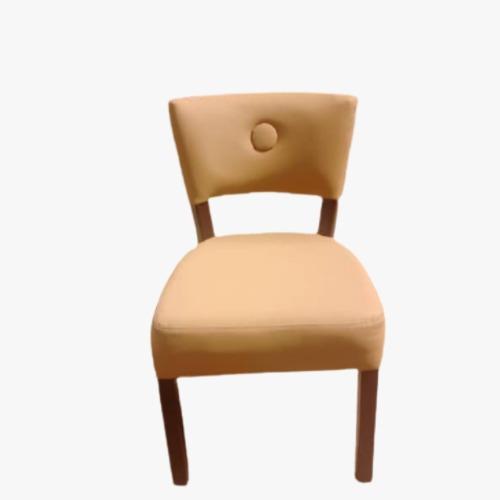
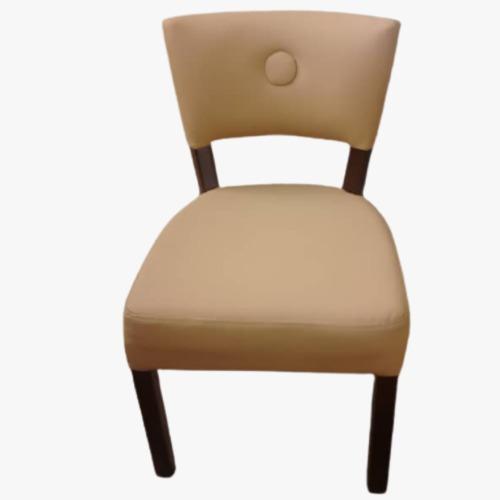


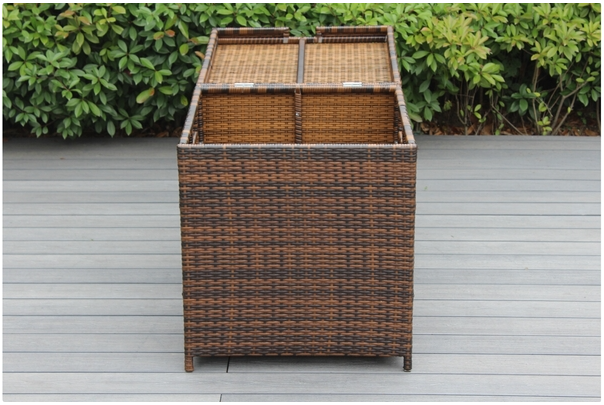
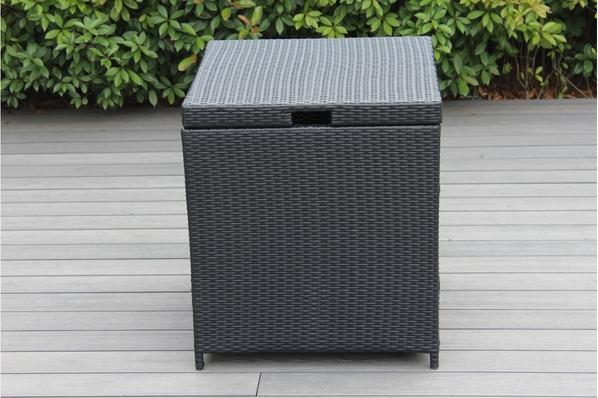


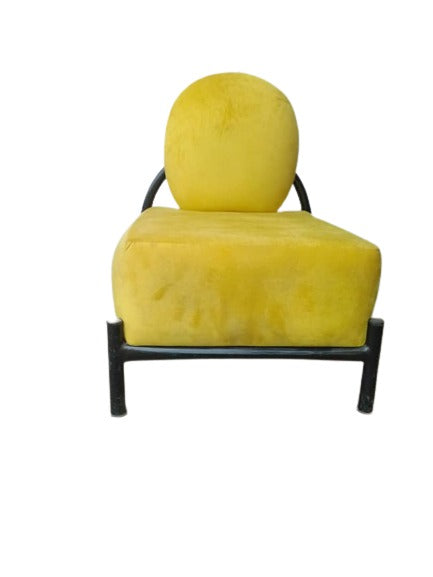

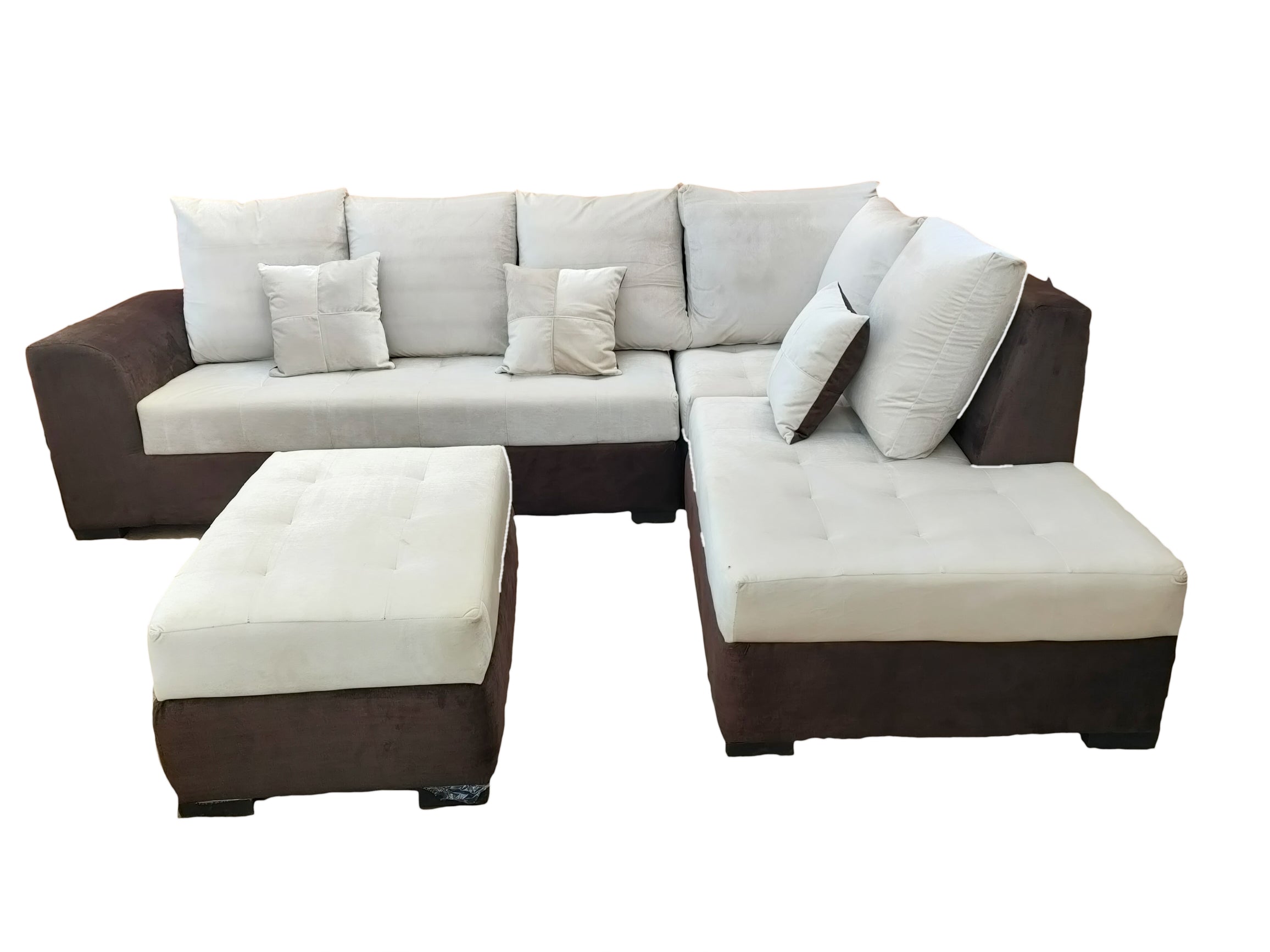
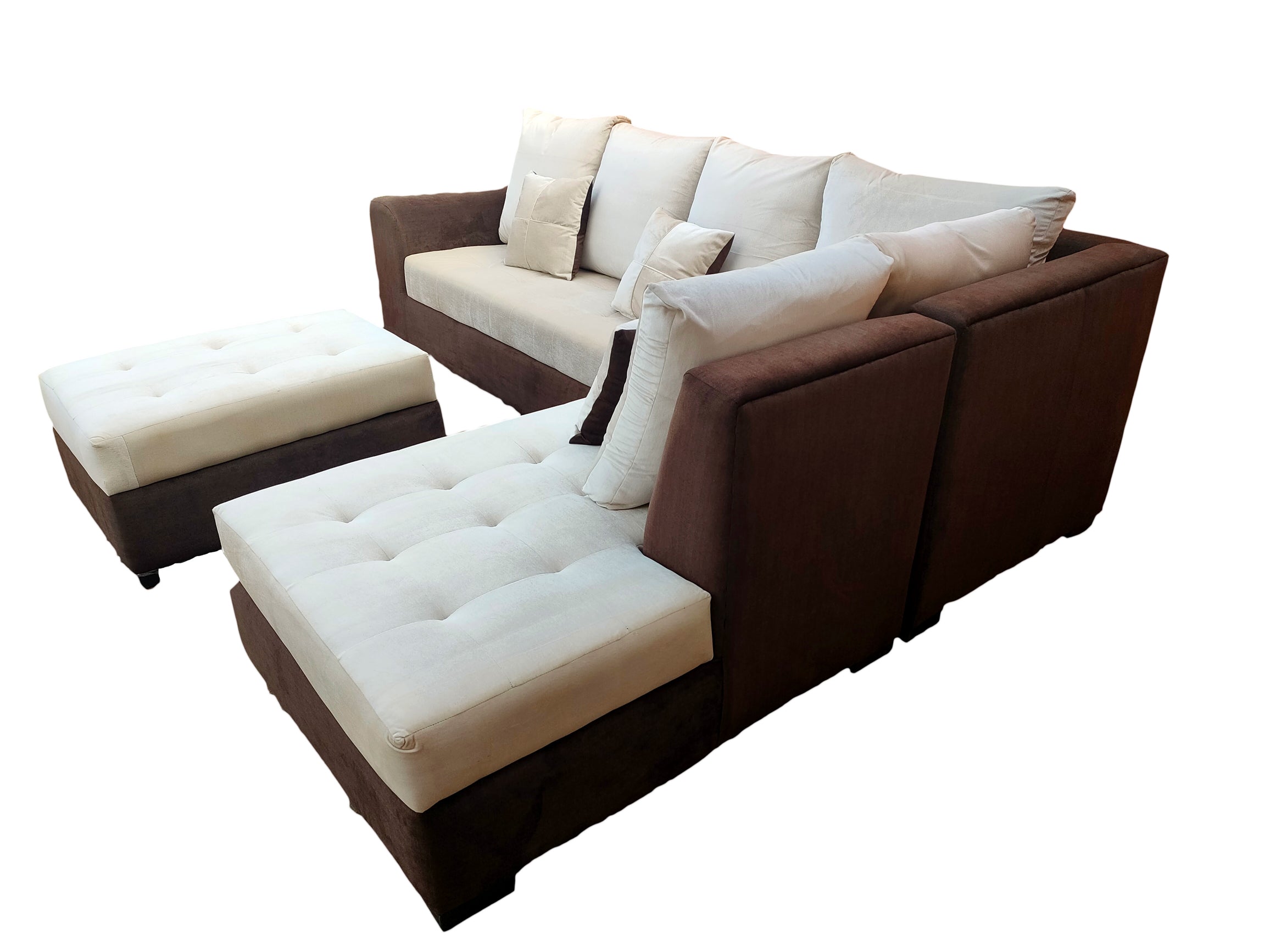


2 sharhi
Cardee C
This is a great article!
J, van Wetering
The earliest African pottery appears in Mali (West Africa), site of Ounjougou (Inner Niger Delta) where pottery is attested in the 10th Millennium BC. See Wikipedia: Ounjougou